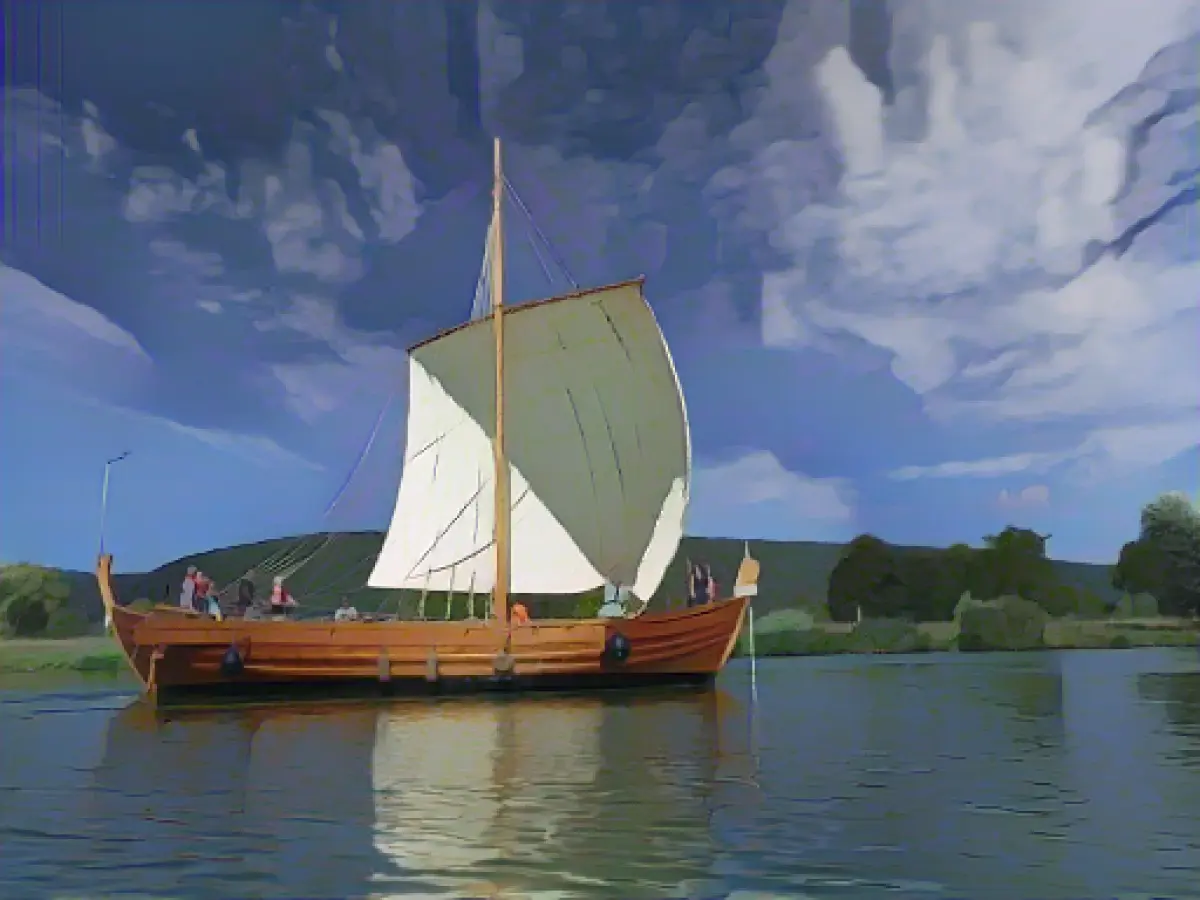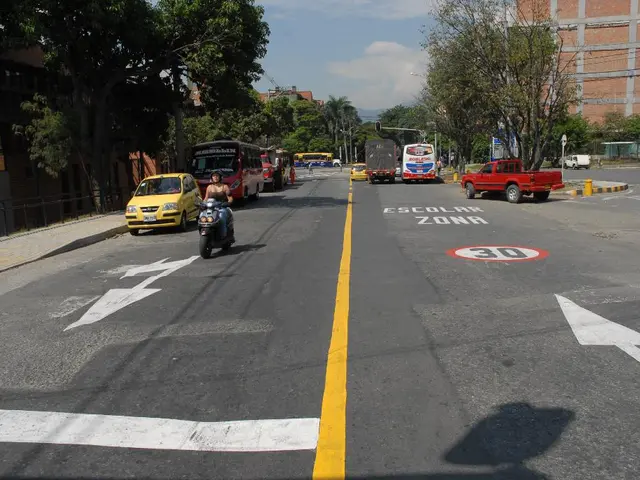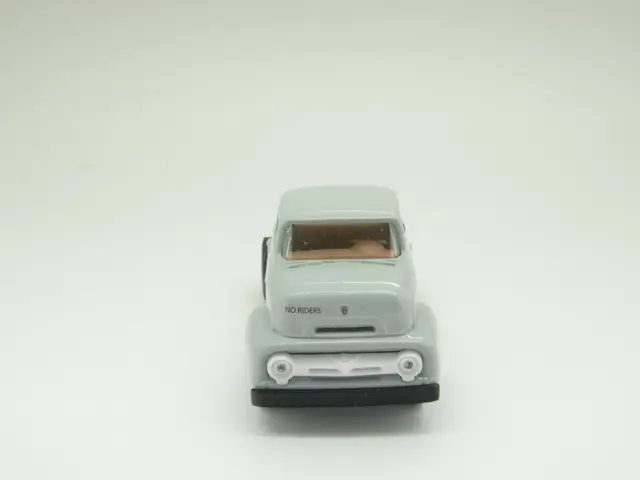Sailing the Seas like the Romans: New Findings from the 'Bissula' Test Drives
Jump aboard the historically accurate Roman merchant ship replica, 'Bissula,' and join us in exploring the Mediterranean's rough waters. The team led by University of Trier's ancient historian, Christoph Schäfer, recently underwent a series of challenging sea trials, which showed the ship could navigate stably in high winds and gusting seas.
With an informal chat with the German Press Agency in Trier, Schäfer shares his awe at the sea prowess of the Romans, revealing, "We learned that this ship is absolutely seaworthy and can be sailed stably even in harsh conditions."
Results highlighted the vessel's impressive stamina, yet researchers discovered a need for fine-tuning the expected load capacity. Initially, the ship was estimated to carry around 30 tons of cargo. However, after rigorous testing, this figure was revised downwards to account for the 'Bissula's' optimum performance.
Ceremoniously departing Trier, the ship now returns home following a picturesque water journey. The 'Bissula' was transported by road to Dillingen on the Saar before being launched into the waters at Rehlingen. The vessel is currently moored above the lock, preparing to sail back to Trier via the Moselle and Saar next week.
During the journey, scientists gathered precious performance data, which will soon be analyzed and analyzed further over the coming weeks and months. These insights will enrich our understanding of Roman shipping practices, as well as their innovative technology's durability and versatility.
Since 2017, the University of Trier's team coordinated with students and craftsmen to construct a faithful replica of the 3rd-century French coastline sailing freighter originally discovered near Marseille. Prior to these Mediterranean voyages, 'Bissula' made several trips along the Moselle.
The findings from 'Bissula' research offer several insights into ancient shipping and maritime knowledge. The vessel's ability to withstand powerful winds highlights the tenacity and adaptability of Roman shipping technology in these unfavorable circumstances. Moreover, revisions to estimated load capacity underscore the significance of continuous research in ancient scientific fields.
Sources:
Enrichment Data
- The ‘Bissula’ was built with the same authentic methods used during Roman times, such as wooden planks caulked with tar and oakum.
- During sea trials, experts tested the ship’s resilience in various weather conditions, revealing an impressive performance in rough seas and powerful winds.
- The findings validated many aspects of the replica’s design, with historical accounts and contextual research confirming its faithfulness to ancient Roman vessels.
- The replica vessel's performance during testing proved that Roman technology was not only seaworthy but also capable of traversing long distances while carrying significant cargo loads.
- Once the data analysis is complete, these insights can contribute to practical applications in modern shipbuilding and historical reenactments.








